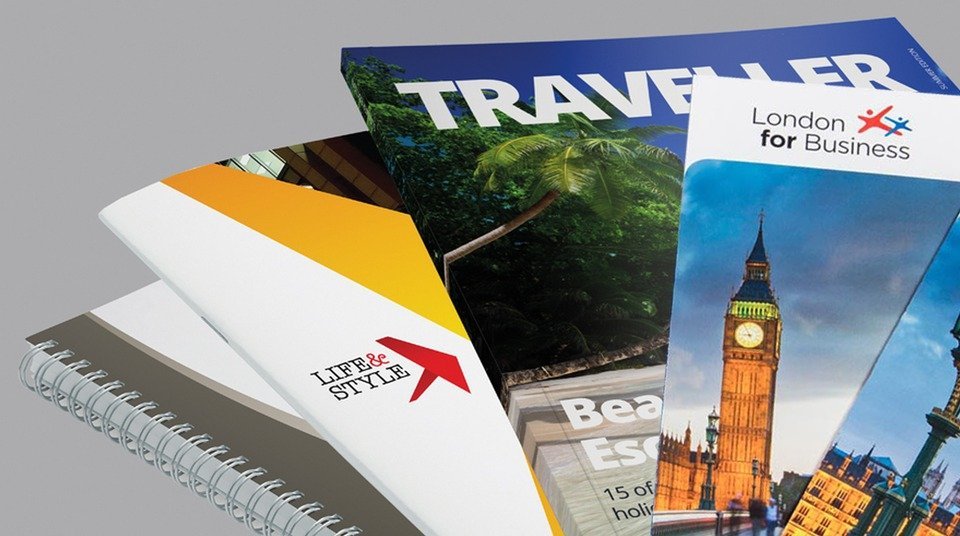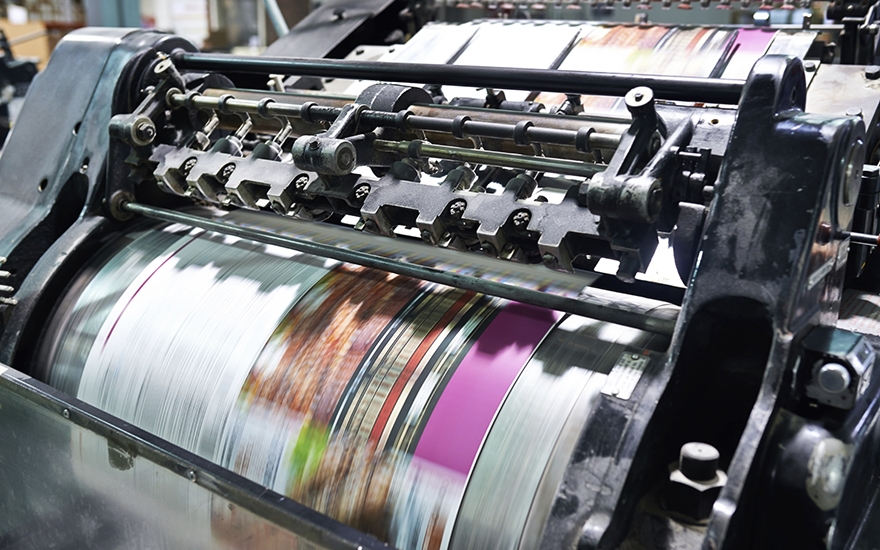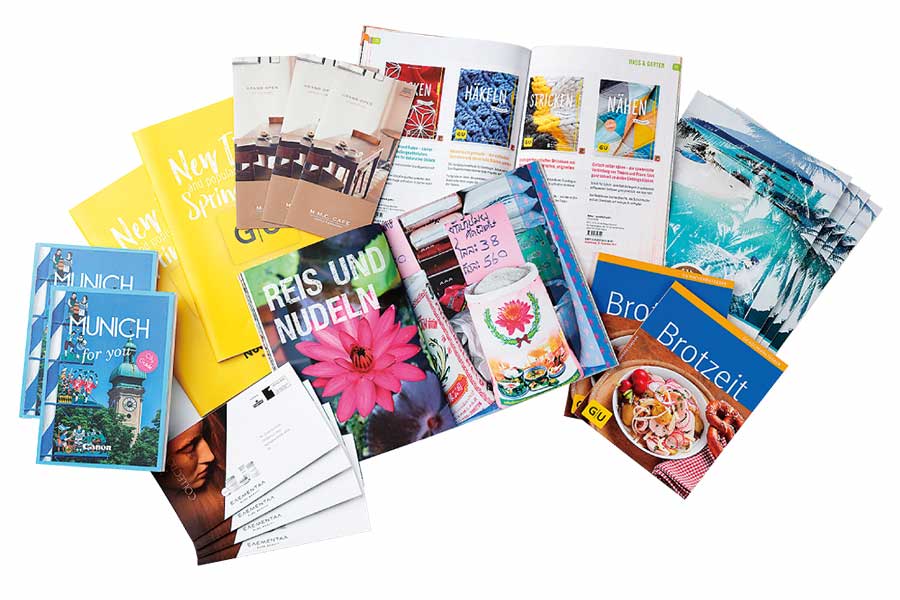There’s no doubt that the tri-fold or letter-fold brochure is one of the most popular pamphlet formats we see being utilized today, but one format that tends to get neglected is the z-fold sales brochure. In this tutorial, we’ll be looking at the essentials of how to create a z-fold brochure in Adobe Illustrator CC. However initially:

There’s no doubt that the tri-fold or letter-fold brochure is one of the most popular pamphlet formats we see being utilized today, but one format that tends to get neglected is the z-fold sales brochure. In this tutorial, we’ll be looking at the essentials of how to create a z-fold brochure in Adobe Illustrator CC. However initially:
Tri-Fold vs Z-Fold
A very flexible format, the z-fold sales brochure has some subtle but essential distinctions from the tri-fold brochure that may make it a better suitable for particular design techniques. It sort of splays out like an accordion to create an open spread. This makes it a great format for poster-style big image or design spreads, charts, and other designs that need more space than a single narrow panel.
Tri-folds, on the other hand, are better suited for details “booklet-style” sales brochures, where we want the material to be specified by and framed within each panel. Both are useful, however, it might be a good idea to think about what sort of sales brochure your designing when selecting a format. Tri-fold will usually be a much better choice for an info-brochure, whereas z-fold might be much better for a brand name awareness brochure. It all depends on how you wish to approach the style and how you desire the reader to interact with the brochure. You can learn about other types of sales brochures and folds by having a look at our post about the various kinds of brochures.

Identify Your Document Size
First things initially, let’s find out how huge we desire this sales brochure to be. The most common size in the United States is Letter (8 1/2 x 11 inches, 51 x 66 picas or 215.9 x 279.4 mm), so for simplicity’s sake, we’re going to use that in this tutorial and also in the downloadable design template. We’re also going to add a ⅛ inch bleed (0.125 inches, 0p9 picas, or 3.175 mm) so our images and graphics can print right up to the edge of the paper.
Let’s get to the good stuff. Create a brand-new file in Illustrator. Select Print from the top menu (this will alter your colorspace to CMYK and raster effects settings 300dpi in one click, so it’s a good practice to get into). You’ll want to set the width to 11 inches and the height to 8.5 inches (or comparable). This should immediately set the orientation to landscape. Now set your Bleed to 0.125 inches (or equivalent). When your all set, press Create.
The next step is to figure out where the panels and folds will be. Luckily, this is very easy on a z-fold pamphlet because, unlike the tri-fold, all the panels are exactly equal. So to find out your panel widths, all you have to do is divide your un-folded finish width (11 inches) into three parts. This will give you a panel width of 3 2/3 inches (3.6667″). If your using picas, this is easy, as it will be 22p0.
Keep in mind: One thing to remember with z-fold pamphlets is the way the panels will open and how your readers will engage with them. I prefer the 3-2-1 approach (as shown in the image) because it encourages the reader to open the sales brochure large like a poster, but can still be opened like a book. I have seen them folded reverse of this, however, we’ll be utilizing the 3-2-1 technique here.

Just like all brochures, think about the experience. What will the reader see when they initially take a look at the sales brochure? How will they open it? What will they see then? What if they open it a different method?
Produce Your Guides and Margins
Now that we understand where our folds are, it’s time to produce our margins. Prior to we do this, we ought to set our zero points to the upper-left corner of the canvas. To do this, open up your rulers (CTRL + R, or COMMAND + R on a Mac), then click and drag from the package where the x and y rulers satisfy to our preferred absolutely no point.
Now that our absolutely no point is set, let’s set our margins at 3.667 and 7.334 inches (22p0 and 44p0, or 93.113 mm and 186.267 mm). This is where ball game line for our folds will be. You might also wish to develop extra guides to the left and right of these, and around the edge of the file to develop a “Safe Zone” for text.
Don’t Forget the Reverse Side
There are 2 sides to this brochure, so let’s go ahead and create the second side. Open the Artboard Tool by pushing SHIFT + O. Now pick the first artboard, and while holding down the SHIFT and ALT buttons, drag the artboard down till it’s cleared it’s initial space completely. When you release the mouse (still holding SHIFT and ALT), a replicate artboard needs to appear.
If you did it right, your vertical guides should be right on target for the second artboard, and all you’ll require to add is your horizontal guides.



